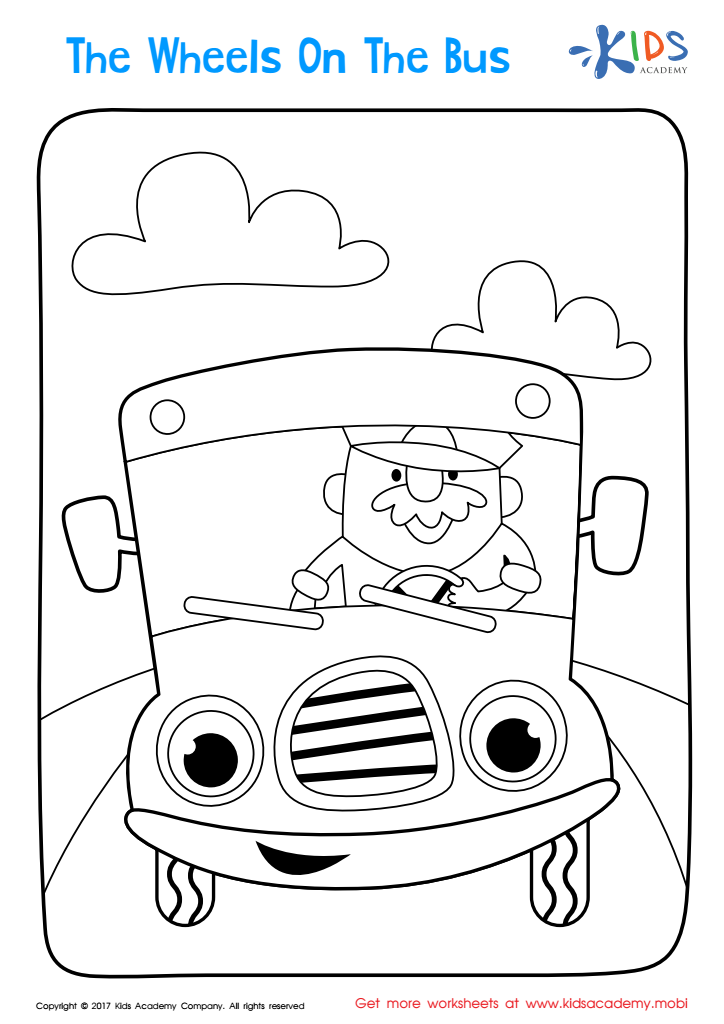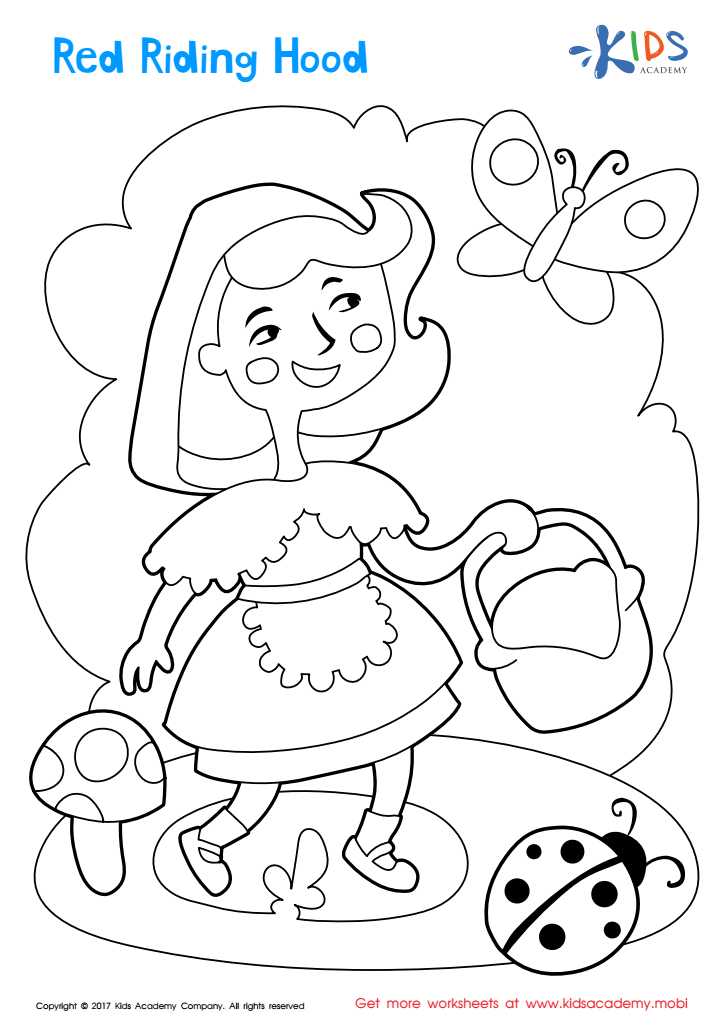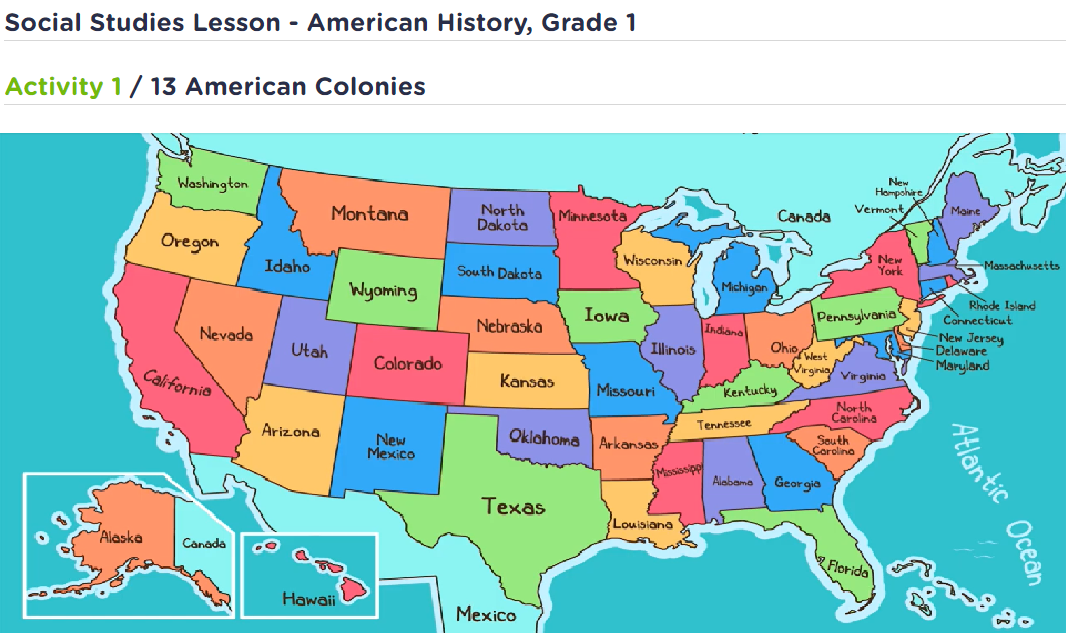Color recognition Normal Reading Worksheets for Ages 5-8
3 filtered results
-
From - To
Boost your child's reading skills with our Color Recognition Normal Reading Worksheets designed for ages 5-8! These engaging worksheets provide a fun and interactive way for young learners to identify colors while enhancing their vocabulary and comprehension. Crafted to align with developmental milestones, these worksheets offer various activities, including color matching, reading sentences about colors, and identifying objects by their hues. Perfect for at-home learning or classroom settings, our resources promote literacy in a playful manner. Encourage your child's creativity and language skills through vibrant, educational exercises that lay the foundation for confident reading and understanding. Explore our collection today!


Twinkle Twinkle Little Star Coloring Page


The Wheels on the Bus Coloring Page


Red Riding Hood Coloring Page
Color recognition is a foundational skill that serves as a stepping stone for normal reading development in children ages 5-8. Understanding colors helps children categorize and organize their world, facilitating cognitive development. When children learn to recognize colors, they interact with their environment in meaningful ways, supporting their overall learning process.
In the context of reading, color recognition is often interwoven with language skills. Many early reading materials use colors to engage children and improve their comprehension of texts. Learning about colors helps children make connections between words and objects, fostering vocabulary growth. For instance, associating the word "red" with an actual red object enhances retention and understanding.
Additionally, color recognition can improve a child's attention and focus. During reading activities, teachers can use colorful illustrations to draw children's interest, enhancing their literacy skills. For parents, incorporating color games at home can reinforce lessons learned in school, further bridging the gap between home and educational settings.
Ultimately, recognizing colors aids memory, boosts engagement, and strengthens foundational skills key to advancing literacy. Thus, parents and teachers should prioritize color recognition as an integral aspect of early education, paving the way for successful reading experiences.

 Assign to My Students
Assign to My Students




















